Maple Sugar: A Natural Sweetener with Rich, Caramelized Flavor
Maple sugar is a unique and delightful natural sweetener, treasured for its rich, caramelized flavor and versatility in the kitchen. Made by crystallizing the sap of sugar maple trees, maple sugar offers a taste experience that is distinctly different from other sweeteners, bringing a nuanced sweetness to both sweet and savory dishes. Whether you’re sprinkling it over pancakes, stirring it into coffee, or using it as a key ingredient in your favorite recipes, pure maple sugar can elevate your culinary creations to new heights.
What is Maple Sugar?
Maple sugar is created by boiling the sap of sugar maple trees until it thickens into a syrup and then further boiling it until the syrup crystallizes into sugar. The result is a natural, unrefined sweetener that retains the rich, earthy flavors of the maple tree. Unlike maple syrup, which is a liquid, maple sugar is granulated and can be used just like regular sugar in a wide variety of recipes.
The process of making maple sugar is an age-old tradition, particularly in regions of North America where sugar maple trees are abundant, such as New England and Canada. The sap of these trees is harvested during the late winter and early spring, a time when the trees produce sap with a high sugar content. This sap is then boiled down to remove the water, leaving behind a concentrated syrup that can be further processed into sugar.
The Flavor Profile of Maple Sugar
One of the most appealing aspects of maple sugar is its complex flavor profile. It has a rich, caramelized taste with deep, earthy undertones that can only be described as quintessentially “maple.” Unlike refined white sugar, which offers a simple sweetness, maple sugar provides a more nuanced, sophisticated flavor that can enhance a wide range of dishes.
The taste of maple sugar is often compared to that of butterscotch or toffee, with a subtle hint of smokiness that comes from the natural sugars in the maple sap. This makes it an excellent choice for adding depth and richness to baked goods, beverages, and even savory dishes. Its unique flavor is particularly well-suited to autumn and winter recipes, where it can complement the warm, spiced flavors often associated with these seasons.
The Culinary Uses of Maple Sugar
Maple sugar is incredibly versatile and can be used as a direct substitute for white or brown sugar in almost any recipe. Here are some of the ways you can incorporate maple sugar into your cooking and baking:
- Baking: Maple sugar is a baker’s secret weapon. It can be used in place of white or brown sugar in cookies, cakes, muffins, and pies to add a rich, caramelized sweetness. Try using it in a batch of chocolate chip cookies, a pumpkin pie, or a banana bread for a delicious twist on these classic treats.
- Pancakes and Waffles: There’s no better topping for pancakes, waffles, or French toast than pure maple sugar. Sprinkle it generously over your breakfast favorites for a burst of sweet, maple flavor that pairs perfectly with butter and syrup. For an extra-special treat, mix maple sugar into whipped cream or cream cheese to create a decadent topping.
- Beverages: Maple sugar can be used to sweeten coffee, tea, hot chocolate, or even cocktails. Its deep, rich flavor adds a new dimension to your favorite beverages, making them even more enjoyable. Try stirring a spoonful into your morning coffee or using it to rim the glass of an autumn-inspired cocktail.
- Savory Dishes: While it may seem unconventional, maple sugar can also be used to add complexity to savory dishes. Use it in marinades, glazes, or rubs for meats like pork, chicken, or salmon to balance out the savory flavors with a hint of sweetness. It also works well in roasted vegetables, where it can help to caramelize and enhance their natural flavors.
- Desserts: Maple sugar shines in desserts, where its unique flavor can take center stage. Use it to sweeten custards, puddings, or ice cream, or sprinkle it over fresh fruit for a simple yet sophisticated dessert. It can also be used to make homemade maple candies, a traditional treat that showcases the pure, unadulterated flavor of maple sugar.
The Health Benefits of Maple Sugar
In addition to its delicious flavor, maple sugar offers some health benefits over refined white sugar. Because it is unrefined, maple sugar retains some of the natural minerals found in maple sap, including calcium, potassium, and magnesium. These minerals, though present in small amounts, contribute to the overall nutritional profile of maple sugar.
Moreover, maple sugar has a lower glycemic index than white sugar, meaning it causes a slower, more gradual rise in blood sugar levels. This can be beneficial for those looking to manage their blood sugar levels or reduce their overall sugar intake. However, it’s important to note that maple sugar is still a form of sugar and should be consumed in moderation as part of a balanced diet.
Elevate Your Dishes with Pure Maple Sugar
In conclusion, pure maple sugar is a versatile and flavorful sweetener that can enhance the richness and complexity of your culinary creations. Its rich, caramelized flavor makes it an excellent choice for baking, cooking, and sweetening beverages, while its natural, unrefined qualities make it a healthier alternative to refined white sugar. Whether you’re a seasoned chef or a home cook, incorporating maple sugar into your recipes is an easy way to add a touch of luxury and sophistication to your dishes.
So why settle for ordinary sugar when you can indulge your taste buds with the exquisite sweetness of pure maple sugar? Give it a try in your next recipe, and discover the difference this unique sweetener can make in your cooking and baking.


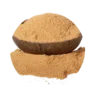
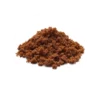
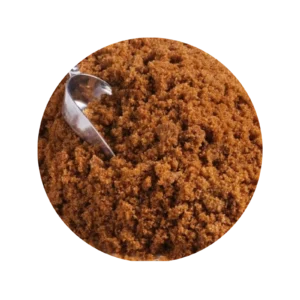

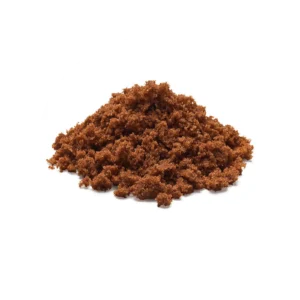
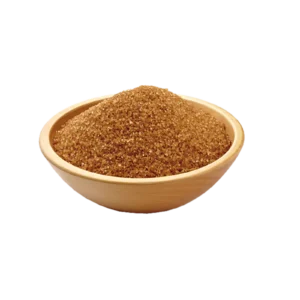
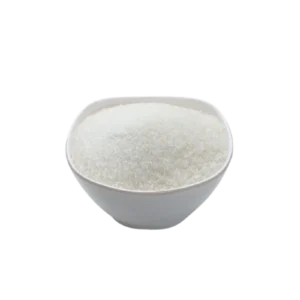
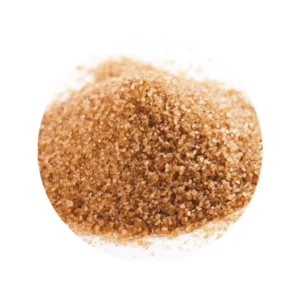
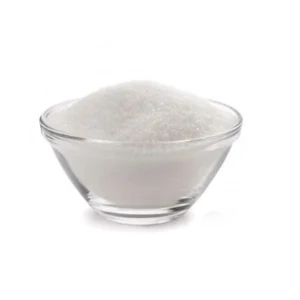
Reviews
There are no reviews yet.